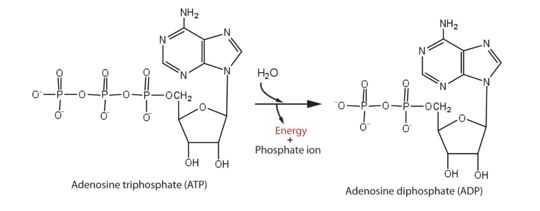Sandbox Reserved 1102
From Proteopedia
(Difference between revisions)
| Line 21: | Line 21: | ||
== Disease == | == Disease == | ||
Zika virus (ZIKV) is a member of the Flavivirus genus, of the virus family Flaviviridae. | Zika virus (ZIKV) is a member of the Flavivirus genus, of the virus family Flaviviridae. | ||
| + | |||
The Flavivirus genus comprises the dengue virus (DENV), yellow fever virus, West Nile virus, Japanese encephalitis virus, and tick-borne encephalitis virus. It is transmitted by daytime-active Aedes mosquitoes. | The Flavivirus genus comprises the dengue virus (DENV), yellow fever virus, West Nile virus, Japanese encephalitis virus, and tick-borne encephalitis virus. It is transmitted by daytime-active Aedes mosquitoes. | ||
| + | |||
The incubation period (the time from exposure to symptoms) of Zika virus disease is estimated to be 3–14 days. | The incubation period (the time from exposure to symptoms) of Zika virus disease is estimated to be 3–14 days. | ||
| + | |||
Only one over five infected people shows mild symptoms like skin rash, fever ("Zika fever"), joint pain, conjunctivitis and less often muscle pain, headache and vomiting. After a few days, the symptoms subside. | Only one over five infected people shows mild symptoms like skin rash, fever ("Zika fever"), joint pain, conjunctivitis and less often muscle pain, headache and vomiting. After a few days, the symptoms subside. | ||
| - | An increased risk of neurologic complications is associated with Zika virus infection in adults and children, including Guillain-Barré syndrome, neuropathy and myelitis. Infection during first trimester of pregnancy can cause microencephally in newborn children. | + | |
| + | An increased risk of neurologic complications is associated with Zika virus infection in adults and children, including Guillain-Barré syndrome, neuropathy and myelitis. Infection during first trimester of pregnancy can cause microencephally | ||
| + | |||
| + | in newborn children. | ||
== Relevance == | == Relevance == | ||
There are still no vaccines against Zika virus but the study of zika helicase is one of the most promising area for scientific research. It is an enzyme essential for the virulence of Zika virus. | There are still no vaccines against Zika virus but the study of zika helicase is one of the most promising area for scientific research. It is an enzyme essential for the virulence of Zika virus. | ||
| + | |||
| + | |||
== Structural highlights == | == Structural highlights == | ||
5y6n is a 1 chain protein of 438 residues. | 5y6n is a 1 chain protein of 438 residues. | ||
Revision as of 17:45, 14 January 2020
| This Sandbox is Reserved from 25/11/2019, through 30/9/2020 for use in the course "Structural Biology" taught by Bruno Kieffer at the University of Strasbourg, ESBS. This reservation includes Sandbox Reserved 1091 through Sandbox Reserved 1115. |
To get started:
More help: Help:Editing |
5y6n- Zika virus helicase in complex with ADP
5y6n is a 1 chain protein structure. It’s the only helicase belongs to zika virus. Zika helicase plays a role
| |||||||||||

